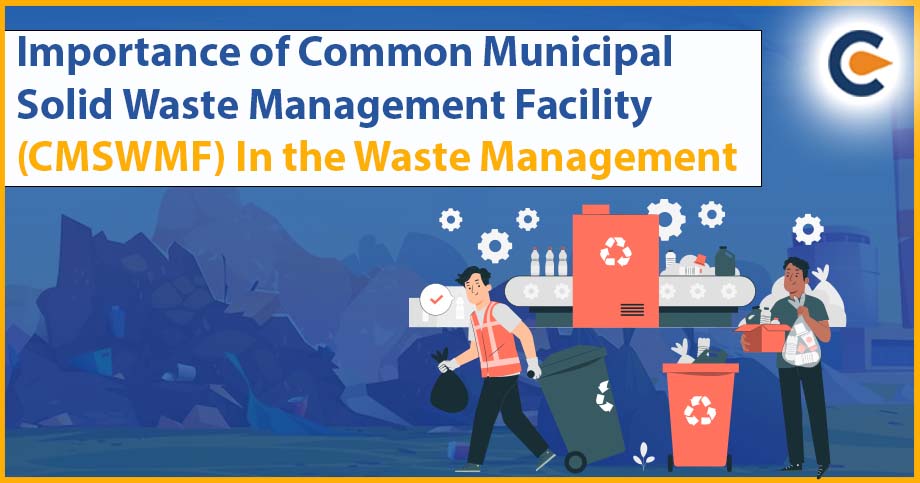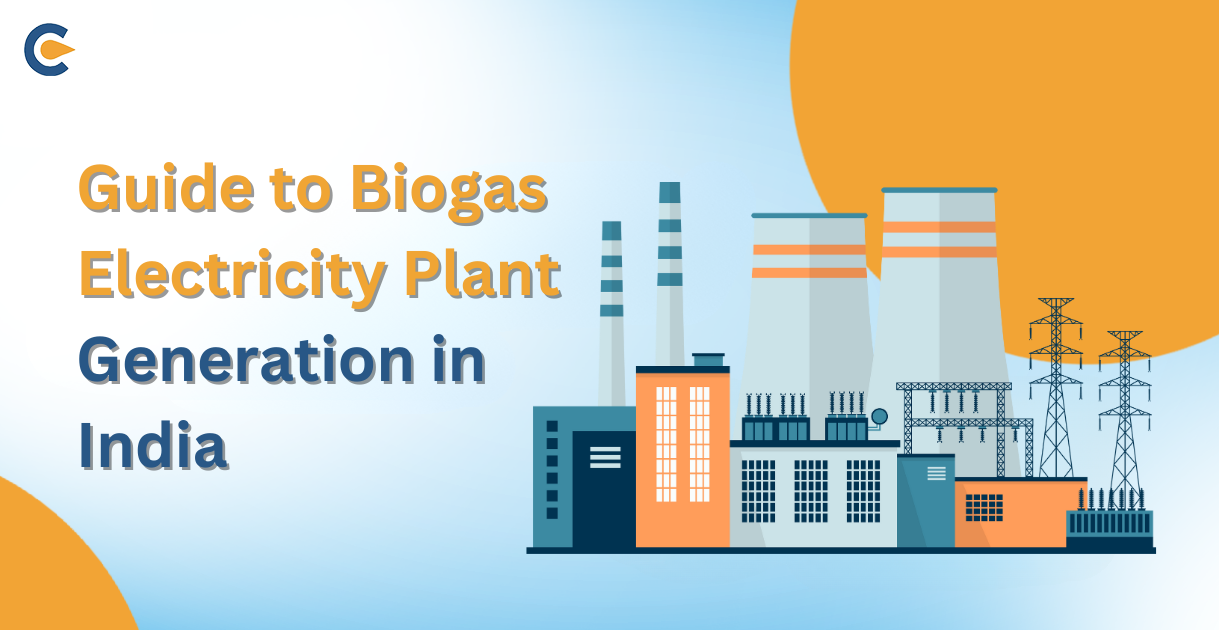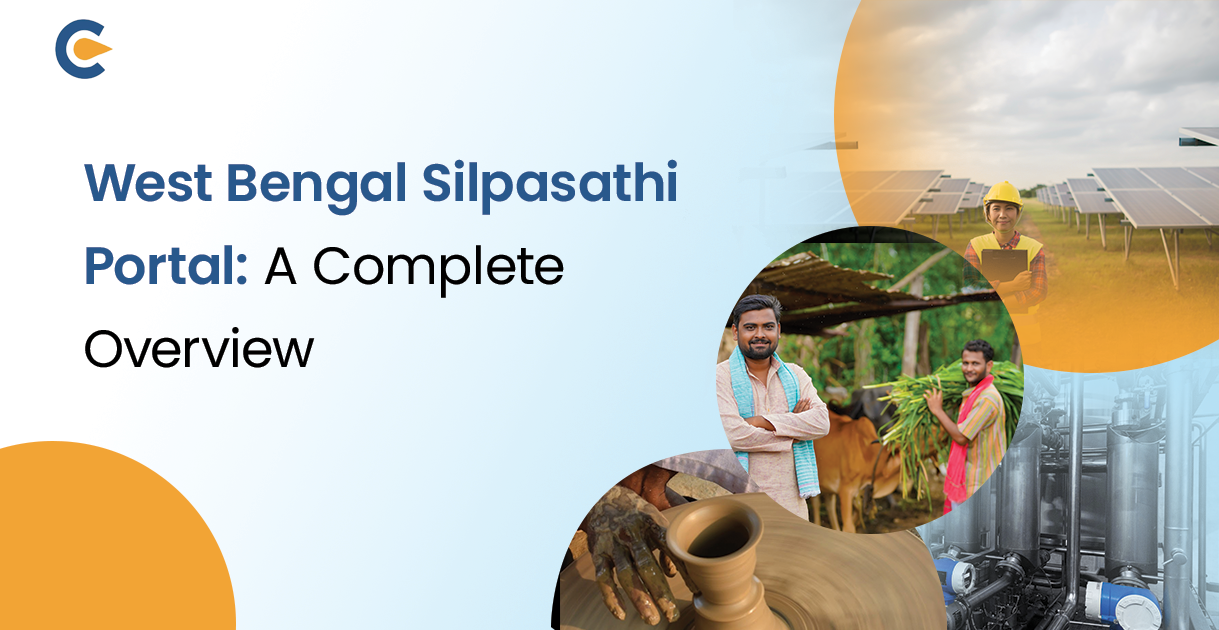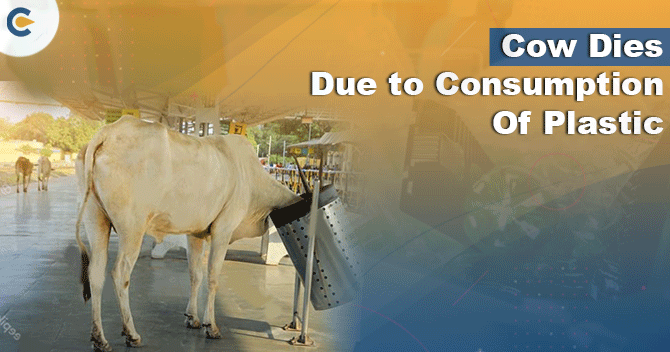A common municipal solid waste management facility is a waste management facility that is designed to handle the solid waste generated by municipalities or local bodies. In other words, it is a facility that is shared by several local authorities to dispose of their waste in a centralized and cost-effective manner. Common municipal solid waste management facilities have advanced technology and equipment for processing and disposing of waste, including landfilling, incineration, composting, and recycling. Specialized waste management companies or public-private partnerships often operate these facilities. The concept of common municipal solid waste management facilities is gaining popularity in India due to the increasing amount of waste generated by cities and towns. By sharing the facility, local authorities can reduce their capital and operational costs while ensuring that waste is managed environmentally.
Possible Ways of Management of Solid Waste
There are six ways of management in a solid waste management facility, and they are as follows:
- Landfill – Waste that cannot be reused or repurposed is segregated and distributed as a thin layer in low-lying city sections during this procedure. After each layer of waste, a layer of dirt is added, but after this procedure is completed, the region will be ruled unsuitable for new construction for the following 20 years. It can only be utilized as a playground or a park instead.
- Incineration is the controlled burning of waste to produce incombustible by-products such as ash and waste gas. This approach minimizes waste volume by 90% and is regarded as one of the most sanitary waste disposal solutions.
- Waste Compaction – Waste items like cans and plastic bottles are compressed into blocks and recycled. This method minimizes metal oxidation and lowers the requirement for airspace, making shipping and placement easier.
- Biogas – Food, animal, and organic industrial waste from food packaging businesses are transferred to bio-degradation factories. They are transformed to biogas in bio-degradation facilities by degradation with the assistance of bacteria, fungi, or other microorganisms. As a result, the produced biogas is used as fuel, and the waste is used as manure.
- Composting – Composting begins with organic wastes being buried beneath layers of soil and then let to decompose under the action of microorganisms such as bacteria and fungus. This helps in the formation of manure rich in nutrients.
- Vermicomposting – Vermicomposting converts organic materials into nutrient-rich manure by employing worms. Worms eat and digest organic stuff. The by-products excreted by the worms enrich the soil with nutrients, promoting the growth of bacteria and fungi.
Process of Common Municipal Solid Waste Management
The process of a common municipal solid waste management facility may vary depending on the type of facility and the technology used, but generally, it includes the following steps:
- Waste Collection: Municipal solid waste generated by different municipalities or local bodies is collected and brought to the common facility. The waste may be transported in collection vehicles or transferred to larger trucks for transportation to the facility.
- Waste Sorting and Segregation: Once the waste arrives at the facility, it is sorted and segregated based on its type and composition. This process helps to separate recyclable and non-recyclable materials and hazardous and non-hazardous waste.
- Waste Treatment: The segregated waste is treated using various technologies, such as incineration, landfilling, composting, or recycling. The specific treatment method used depends on the type and composition of the waste.
- Waste Disposal: After the waste has been treated, the final product is disposed of in a safe and environmentally sound manner. This may involve landfilling, where the waste is buried in designated landfill cells, or other methods such as waste-to-energy or composting.
- Monitoring and Maintenance: The facility is continuously monitored to ensure it operates efficiently and safely. The facility operators are responsible for maintaining the equipment and systems and monitoring and controlling any emissions or by-products produced during the waste treatment process.
Changes after the Solid Waste Management Rules, 2016
These Rules were enacted to replace the 2000 Rules as part of a significant revision of environmental rules in 2016. They broadened the area of application of Solid Waste Management legislation to include pilgrimage sites, airports, special economic zones, ports and harbours, defence posts, and any domestic, institutional, commercial, or other non-residential solid waste generating sectors. The Secretary-in-Charge of Urban Development in the states and union territories, District Magistrate, and Village Panchayats has been allocated duties regarding disposable goods, sanitary napkins, and diapers under this rule. The major changes brought by the SWM Rules 2016 were
- For the first time, the Regulations specify the job of the MSW generator. A Central Monitoring Committee was formed to oversee implementation. There are also criteria for landfilling and waste-to-energy facilities.
- The Regulations also specify the responsibilities of Ministries and Departments other than the Ministry of Environment and Forests[1].
- In addition to providing training, funding, and fostering R&D, the Ministry of Housing and Urban Affairs shall produce technical recommendations and a National Policy on MSW.
- Departments of Fertilizers and Chemicals would help in the growth of the city compost market. The Ministry of Agriculture will promote the use of compost on farmland.
- The Ministry of Electricity will be required to acquire power generated by waste-to-energy facilities on a mandatory basis.
Conclusion
A common municipal solid waste management facility is an essential and efficient solution for managing the waste generated by multiple municipalities or local bodies. Centralizing the waste management process reduces costs, promotes standardized waste management practices, and protects the environment by ensuring safe and sustainable waste disposal. Moreover, with the increasing amount of waste generated in cities and towns, common facilities can play a crucial role in promoting a circular economy by enabling recycling and resource recovery. Overall, common municipal solid waste management facilities are essential for creating a cleaner and healthier environment for communities in India.
Also Read:
How To Get Plastic Waste Management Registration?
Why Is There Need For Waste Management In India?
Solid Waste Management Authorization: Form, Documents, And Norms











